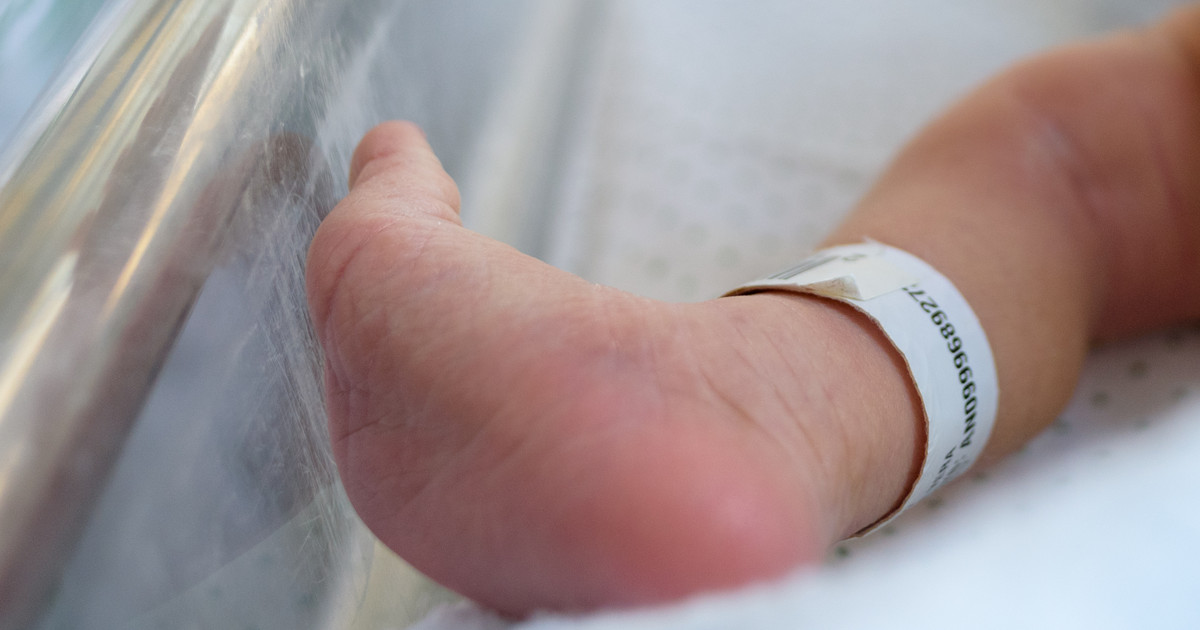Types And Treatments For Spinal Muscular Atrophy
Spinal muscular atrophy (SMA) is a disease that affects approximately one in every eleven thousand individuals. Around one in every fifty individuals in the United States are genetic carriers. This condition affects an individual's ability to move and use their strength by targeting the motor cells found in the spine. Some patients have an average life expectancy but may lose their ability to walk. Others may progressively lose their ability to speak, breathe, and eat.
Unfortunately, there does not seem to be a cure for spinal muscular atrophy. However, patients do have treatment options. This will often include gene therapy for spinal muscular atrophy as well as medication. Of course, the effectiveness of SMA treatment depends on the type. Thus, it is essential to understand the differences between the four types of spinal muscular atrophy.
Type 1

Type 1 is the type of spinal muscular atrophy that presents most commonly. This variant of the disease is also sometimes referred to as Werdnig-Hoffman disease. If a person has spinal muscular atrophy type 1, their symptoms will typically appear by the time they are six months old. Some infants may have symptoms present immediately upon being born. The symptoms affect an infant's ability to move. The baby might have weakened muscle tone, particularly in their extremities. It might also be hard to swallow, breathe, eat, and move. An infant with spinal muscular atrophy type 1 will be unable to sit without help or raise their head.
At the same time, the disease does not have any effect on cognition. Infants tend to be alert and responsive despite their motor difficulties. When an infant is diagnosed, it is important to establish a team of healthcare professionals who can cover all necessary aspects of the baby's care. Parents should prioritize finding ways for the baby to sleep safely and comfortably. It is also vital that parents have frequent checkups on the baby's respiratory health, since spinal muscular atrophy can affect a child's ability to breathe.
Continue reading to learn about more types of spinal muscular atrophy now.
Type 2

Spinal muscular atrophy type 2 also shows symptoms in infancy. However, rather than the symptoms being present in the first six months of life, babies with spinal muscular atrophy type 2 tend to develop their symptoms anywhere from six to twelve months old. A child with this type of spinal muscular atrophy will typically be able to sit up without needing support. With that said, they will not be able to walk independently or stand up by themselves. The muscles in the legs are too weak to support them.
Over time, the nerve cells will continue to degenerate, which leads to further symptoms. Babies will eventually develop problems with breathing and eating. A child with this form of spinal muscular atrophy may be able to hit certain motor skill milestones. But most children will not be able to reach any milestones further than sitting up independently. As the disease progresses, many patients lose their ability to sit up, usually sometime during adolescence. Spinal muscular atrophy type 2 patients might also have scoliosis, hip dysplasia, other skeleton abnormalities, and tremors in their fingers.
Discover additional types of spinal muscular atrophy now.
